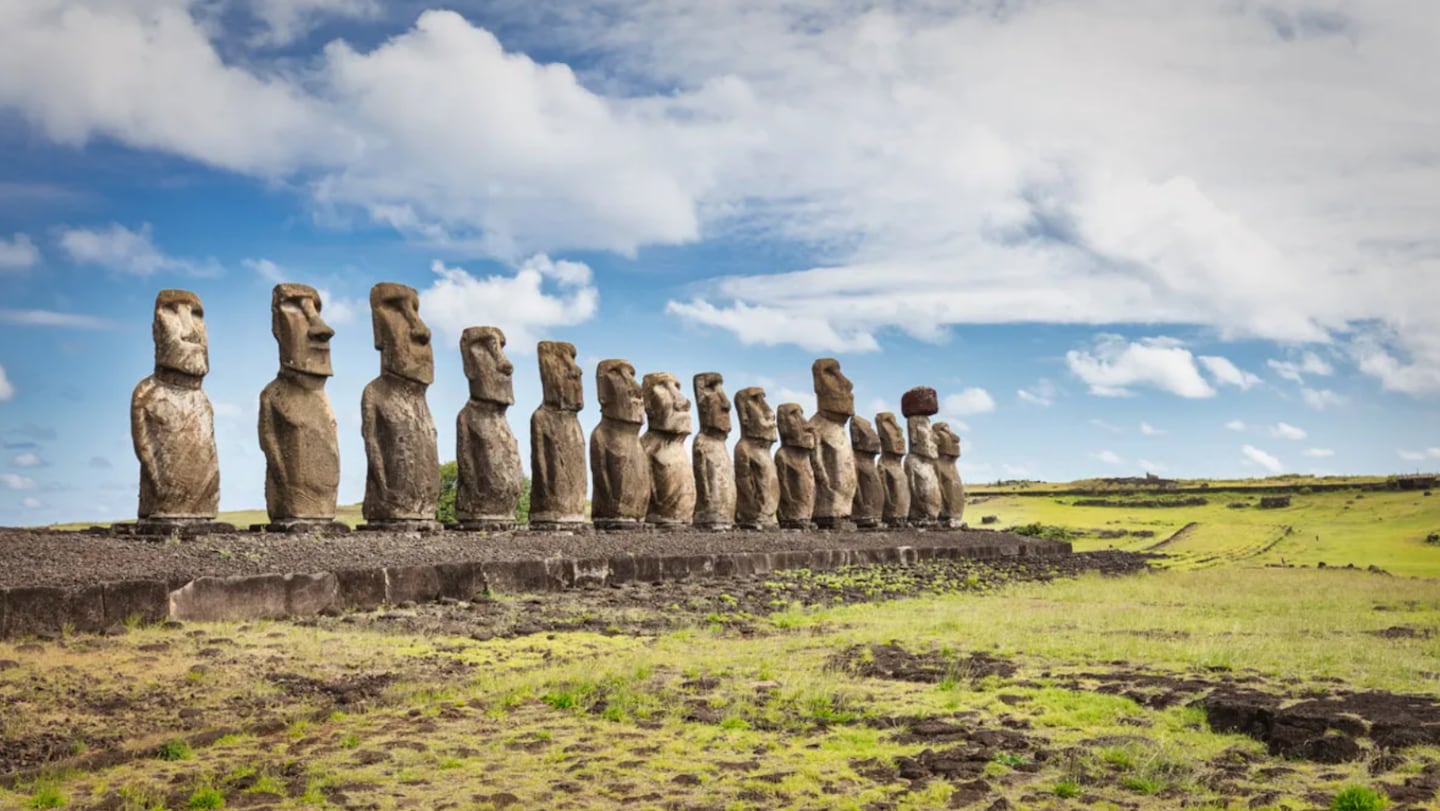The Pacific Island of Rapanui (Easter Island) is asking for countries with big pockets to invest in growing cacao beans on the island.
Rapanui has seen a huge decline in its ecosystem and sees this investment as a way to help fund solutions to its climate change issues.
Mana Rapanui Foundation president Erity Teave Hey says investments by bigger countries would provide financial support to start building plantations for more food growth.
“We’ve decided to plant coffee, which we recommend for the whole Pacific.
My foundation has done research, and we found and identified that the Pacific has a lot of coffee and a great variety of premium quality because we have the best weather to plant coffee.”

The island is one of the most isolated places in the world, at the southeasternmost point of the Polynesian Triangle, and is a province of Chile.
Over 90% of Rapanui’s original forests are gone, following centuries of tree cutting to build waka and then houses, leaving no trees to soak up water from rainfall so many areas stay wet.
However, Hey believes that combined with his organisation’s research and big investors, Rapanui can be a win-win situation for those who wish to build their coffee industry.
“If somebody likes this idea, we’ll help, we’ll provide help to everybody as far as information at no cost.
“The idea is we develop sustainable development across the Pacific to overcome poverty and build up our economic autonomy.”
Many crops cannot grow in Rapanui due to erosion, so the country, which has a population of 7,000, must import food resources from overseas.
However, kumara, yams, taro, bananas, sugarcane and coffee beans thrive in the current climate.

Hey says he hopes money can come in for this idea to help with tourism as 89% of its economy depends on tourism.
Fishing is down to just 10% due to climate change and fishing fleets sweeping the area, which hasn’t made it appealing for tourists to explore the archaeological land.
Over 28 species of marine life in the country’s 700km protected radius has seen 28 species go extinct.
Part of this is due to Rapa Nuis’s proximity to the South Pacific gyre garbage patch, which also affects birds.
Hey says the burning of fossil fuel contributes a lot to this too, which was a big push from all the Pacific at COP 28, for the world to eliminate this.

When fossil fuels are burned, they release large amounts of carbon dioxide, a greenhouse gas, into the air. Greenhouse gases trap heat in the atmosphere, causing global warming.
“You cannot practise your ancestral culture, which is dependent on those species and seawood, it’s changed now.
“We are in adaptation right now. There is no other way, there is only one way to recover and restore all of this, which is for world leaders to commit to stopping fossil fuels, landfills, and throwing plastic in the Pacific to declare us a green and blue zone,” Hey says.
No investments have yet been made since the first pitching of Cacao beans assistance on the last day of COP 28.



